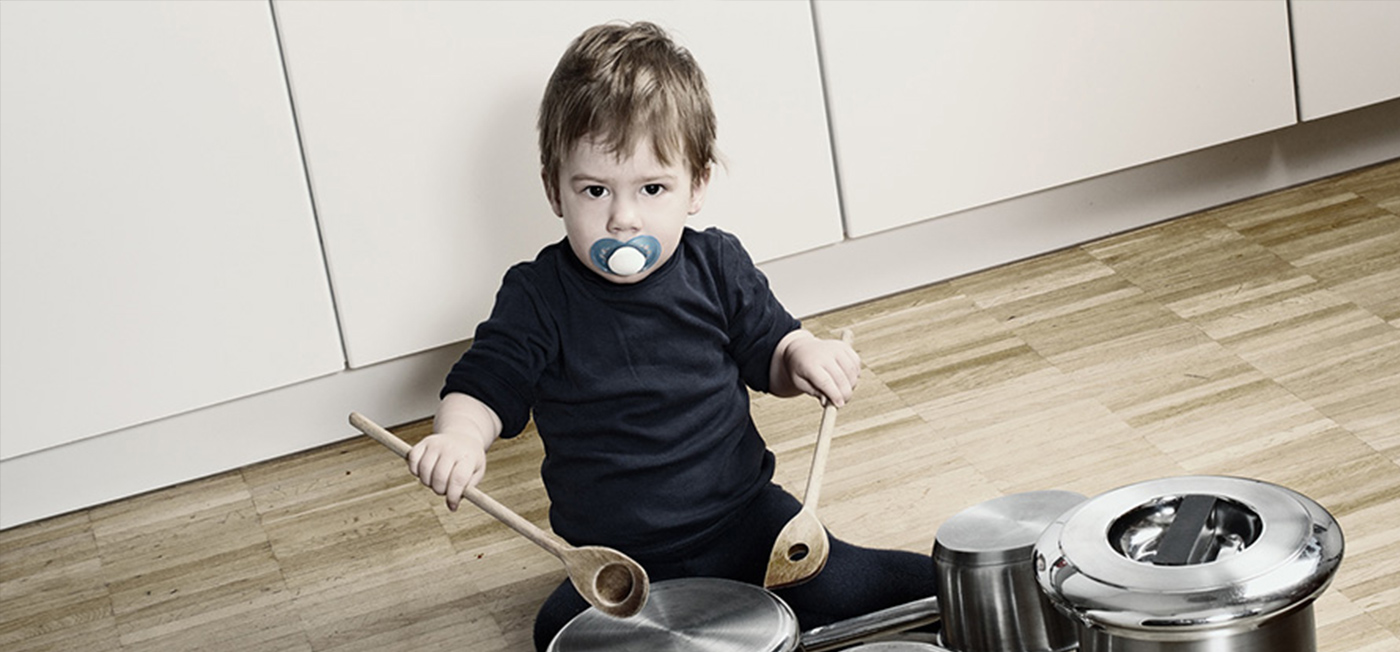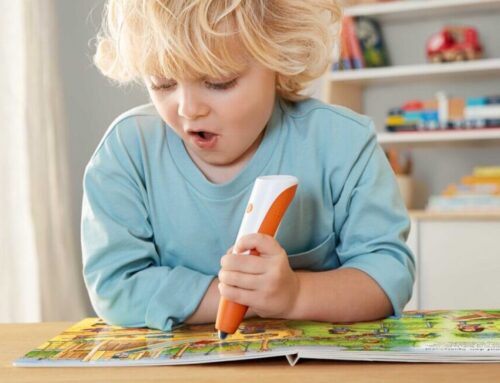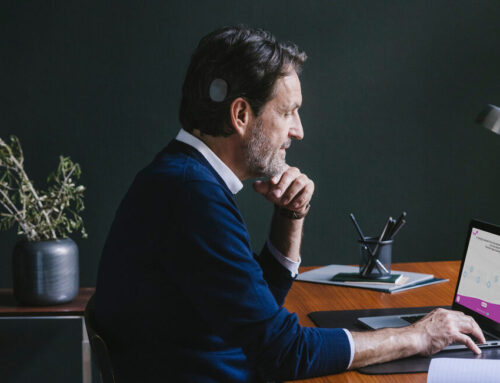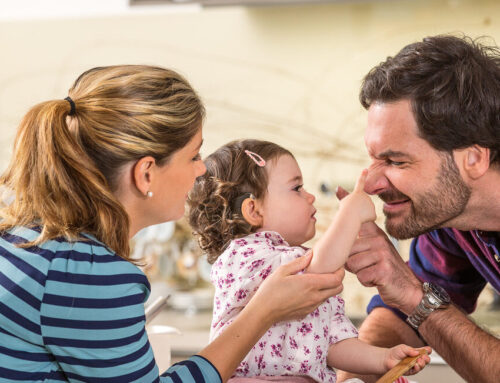Listen and play – a winning combination for a hearing training
From a rattle to a piano – there are so many music instruments out there, but for the first hearing training games it is often enough to use everyday sounds and own body as a sound source.

Noisy sounding toys like drums or toy pianos often cost parents nerves. And yet, especially for children with hearing impairment, this type of toy is a valuable introduction to listening games and hearing training. In addition to singing games, there are various other play activities that can be used to continue this type of play and listening training. We have put together some play ideas that hearing siblings or friends will also enjoy.
Kitchen orchestra
Especially in the first phase of hearing, it is particularly interesting for kids to discover new sounds and to produce them on their own. Having control over the sound is what makes a rattle or drum so appealing. But even for slightly older children, it is interesting to convert everyday objects into percussion instruments. For example, a tin of raw rice becomes a rattle, the lids of two pots become chinelles, while a pot and a wooden spoon make a simple drum kit. Entire orchestras can be created in this way.
Of course, our bodies can also play along. What does it sound like when we clap, snap our fingers, stamp our feet or create different sounds with our voice?
Guess the instrument
The children should close their eyes while someone is making a sound with one of these instruments. Who can guess which instrument it was?
You can also use e.g. high-heeled shoes, rubber boots, slippers – as shoes sound different as well. Your child should guess with which pair of shoes you walked through the room.
Sound memory
Collect similar closed containers (plastic eggs, sealable ice cream cups or other cups). Fill two containers with the same material (rice, noodles, coins, etc. – there are no limits to your imagination.) Make sure you put the same amount in each. Now it’s time to play memory game! Guess what´s inside!
Find a note
Play a note in front of your child on the glockenspiel, xylophone, piano or any other keyboard instrument that you have. Your child must not watch you. Then let him/her find the tone by trial and error. At the beginning, limit the possibilities to a few keys, later you can expand the possible range of sounds or have your child guess short sequences of sounds.
Hunting sounds
Go on a tour of a sound discovery with your child. If possible, take pictures of the source of sounds and record interesting sounds. At home, print out the pictures that you have taken and listen to the recordings together. A child should match the picture to the sound correctly.
Alternatively, you can look at the pictures and try to imitate the corresponding sounds.
Listening training with the open window
Sit comfortably on the floor with your child and close your eyes. What can you hear – for example, trams, birds chirping, footsteps or sounds of your own body?
Voice detective
Use the voice recorder to record a short sentence spoken by family members and friends. Your child should guess who is speaking. Also, you can add photos to the game if you like.
Searching for sounds
Your child closes his/her eyes. You play an instrument or make another sound. Your child should try to find you just by listening to the sounds. Alternatively, you can hide a ringing alarm clock or a ringing mobile phone for your child to find. For children who only hear on one side, this game is very difficult. However, this game helps children who hear on both sides (bilateral, bilaterally implanted children or binaurally fitted children with a hearing aid and an implant) to practise localisation.
While reading this article, you have certainly thought of many other game ideas and variations, perhaps also games that you yourself enjoyed playing as a child. It is always important that your child doesn´t feel bored by challenges that are too easy or overwhelmed by tasks that are too difficult. So, start with simple exercises and increase the game difficulty slowly as soon as the task is well mastered.
Avoid the position of teacher or therapist, in order not to turn the game into a training session and to keep the child enjoying the game. Instead, take on the role of a co-player: play along, take turns with the child and let your child give you the same tasks that you give him or her. This way you will create a listening training that will be both fun and helpful for your child!






